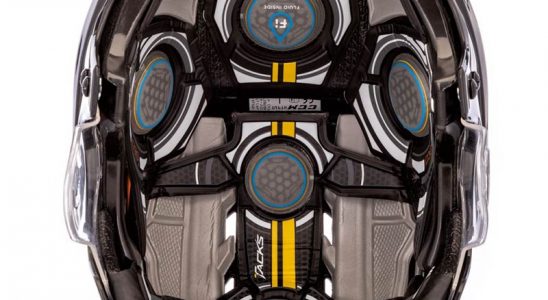Realities and Truth – The Real Story of Soccer Concussions and Heading
Soccer concussions don't come from heading the ball as much as you'd think. Read about soccer concussion myths, facts, prevention,…
Read More
It seems far too appropriate that as I enjoy my second breakfast of the day I am writing about caloric deficiency. As a new mom, medical practitioner and endurance runner, I am constantly working on appeasing the nutritional demands my body requires. Why does breakfast number two matter in my world? Because I am writing about “Relative Energy Deficiency in Sport” or RED-S: a complex syndrome that results from a seemingly simple problem – inadequate energy availability. In other words, food (i.e. calorie) intake is not sufficient to meet the demands of the individual over a period of time.
RED-S has evolved from a theory that was referred to as the “Female Athlete Triad”. The “Triad’ was thought to be a process that occurred with symptoms of an eating disorder, menstrual dysfunction and poor bone health.1 Literature over the past decade has now suggested this condition was too narrow in definition and that the process is likely much more complex, however is caused by a single impairment. Another reason for a switch in terminology and definition is that we now know that males experience RED-S. Further, it is likely that all systems of the body: immune, gastrointestinal, cardiovascular, metabolic, endocrine, etc can be affected.1,2 Due to the complexity of human biochemistry and the interplay between body systems, it is no wonder that physical function and athletic performance can also be affected.
Athletes can experience both short and long term detriments to performance, not to mention overall health decline, as a result of RED-S. Individuals may experience a simple symptom picture or complex (and somewhat confusing) diversity of manifestations. Decreased endurance performance, decreased strength, reduced glycogen stores and thus feelings of increased fatigue during activity, poor training response, as well as increased injury risk (and slow healing times) can all be indications of RED-S.1 Psychological responses can include depression, irritability, and decreased concentration.1 Over longer periods of time, dramatic negative effects on sex hormones (both estrogen and testosterone) can lower bone mass density, increasing the likelihood of stress responses and stress fractures. Furthermore, there can be a depression in the immune system and thus, increased incidence of colds and flus would be expected. 2 It is also noted that the long term decrease in thyroid and metabolic function can actually increase fat mass and decrease muscle mass. 2,3
RED-S develops when caloric demand is greater than caloric intake. It can develop as a result of low caloric intake, increased energy expenditure, or a combination of these two factors – both can lead to a relative energy deficiency. While daily caloric balance is essential, RED-S typically develops over months of inadequate energy availability. A very small caloric deficiency, even missing one small snack per day is enough over months to develop RED-S. Low caloric intake MAY also be associated with disordered eating. In female adult and adolescent elite athletes, the prevalence of disordered eating is approximately 20 and 30% respectively.1 In elite male athletes, the prevalence of disordered eating is approximately 8% and 3% for adults and adolescents.1 Sport and competition may influence the way athletes develop disordered eating. Athletes may have the perception that weight loss will improve performance. Sports that require weight cutting or have weight classifications can contribute to disordered eating patterns, as can certain coaching philosophies. Increased energy expenditure (and thus greater caloric demand) may be as a result of increased training intensity and/or duration or increased demands at a particular stage in life (for example growth and development in adolescence, pregnancy and breastfeeding, or other times of increased stress). 1
There is increased incidence of RED-S in particular sports, including gymnastics, dance, figure skating, swimming, cycling and long-distance running. 1
Early recognition of symptoms of RED-S is essential to best reverse any short or long term performance and health effects. An athlete should seek professional medical assessment if they exhibit the following characteristics and/or behaviours:
As athletes, our caloric demands will change as our training and life circumstances change, and thus we must adapt accordingly. While the simple solution to RED-S is increased caloric intake and/or decreased energy expenditure through reduced training load, it sometimes takes more significant intervention. Thus, if you suspect or are concerned about RED-S it is best to consult a qualified medical professional to evaluate your specific nutritional demands and requirements for optimal athletic health and performance.
Time for breakfast number three…
Soccer concussions don't come from heading the ball as much as you'd think. Read about soccer concussion myths, facts, prevention,…
Read MoreIn today's fast-paced world, being a young and active woman often means juggling multiple responsibilities, from career ambitions to personal…
Read More
Hockey, a high-energy sport combining skill and strength, has witnessed an increased focus on player safety in recent years. The…
Read More